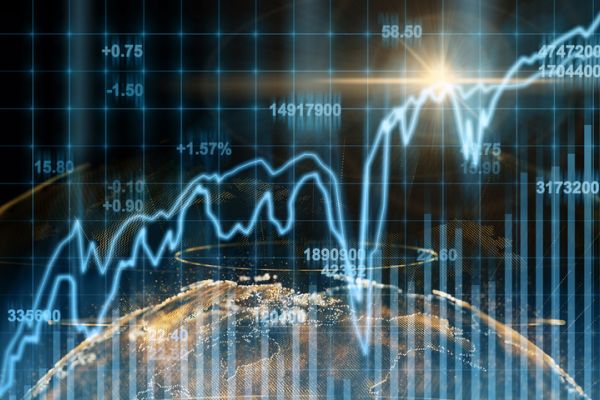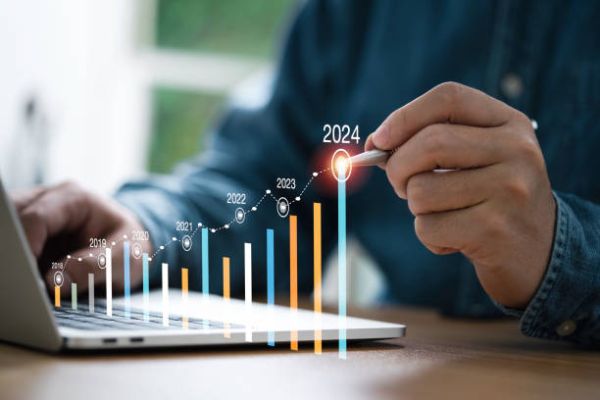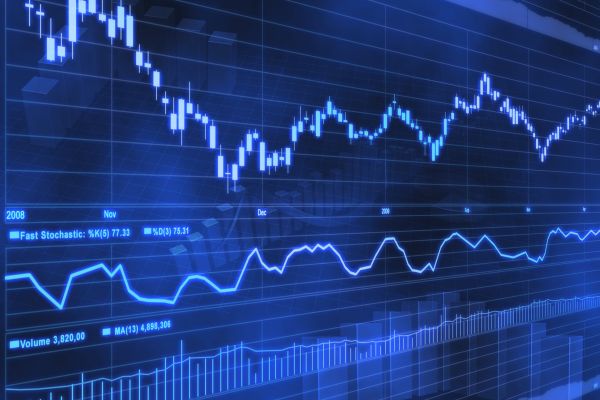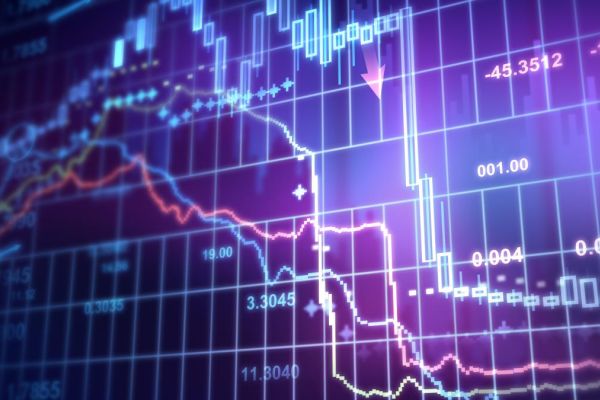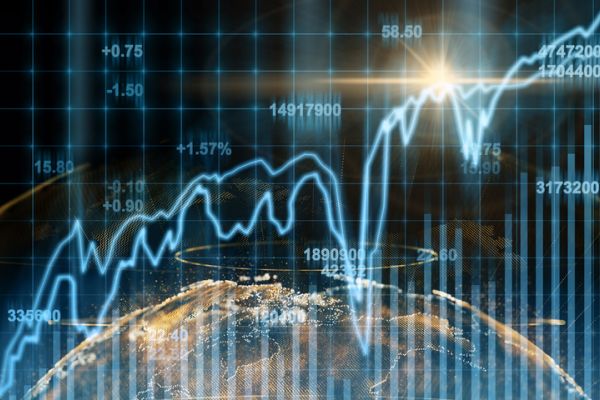Poverty And Distribution Analysis
TRAINING DATES: 15th September –19th September 2025
COUNTRY: South Africa-Cape Town
Overview
Poverty is “pronounced deprivation in well-being.” The conventional view links wellbeing primarily to command over commodities, so the poor are those who do not have enough income or consumption to put them above some adequate minimum threshold. This view sees poverty largely in monetary terms.
Poverty may also be tied to a specific type of consumption; for example, people could be house poor or food poor or health poor. These dimensions of poverty often can be measured directly, for instance, by measuring malnutrition or literacy. The broadest approach to well-being (and poverty) focuses on the capability of
the individual to function in society. Poor people often lack key capabilities; they may have inadequate income or education, or be in poor health, or feel powerless, or lack political freedoms.
There are four reasons to measure poverty and distribution of income:
- To keep poor people on the agenda
- To be able to identify poor people and so to be able to target appropriate
interventions
- To monitor and evaluate projects and policy interventions geared to poor people
- To evaluate the effectiveness of institutions whose goal is to help poor people.
Objectives of the course:
- Household data cleaning using Stata or R softwares
- Introduction to poverty and Distribution analysis
- Measuring Poverty using Household Surveys
- Measuring Income Inequality using household surveys
- Tax and expenditure incidence analysis
- Measuring multidimensional poverty
- Introduction to DASP
Course Content
| Session/Day | Lecture Topic | Lab session |
|---|---|---|
Module 1 | Introduction to STATA/DASP | Lab: introduction -Stata -DASP |
Module 2 | Measures of Poverty -Headcount Index -Poverty Gap Index -Squared Poverty Gap (Poverty Severity) Index -Sen Index -The Sen-Shorrocks-Thon Index -The Watts Index -Time Taken Exit -Other Measures | Lab: Using Stata -Measuring Poverty (head count ratio, poverty gap, poverty gap squared) |
Module 3 | Inequality Measures – Introduction: Definition of Inequality -Commonly Used Summary Measures of Inequality -Inequality Comparisons -Measuring Pro-Poor Growth -Decomposition of Income Inequality – Income Distribution Dynamics | Lab: Using Stata -Construction of Lorenz curves -Inequality indicators including Gini coefficient |
Module 4 | The Analysis of Poverty over Time -Introduction: Sources of Information on Poverty over Time -Advantages of Panel Surveys -Drawbacks of Panel Surveys -Other Issues in Panel and Repeated Cross-Sectional Data -Chronic versus Transient Poverty | Lab 2: Using Stata on Panel surveys -Measuring Poverty (head count ratio, poverty gap, poverty gap squared) over time. |
Module 5 | The Effects of Taxation and Spending on Inequality and Poverty – Tax Incidence – Benefit Incidence – Issues in Benefit Incidence Analysis | Lab: -Case study 1: Health spending -Case study 2: Education spending -Case study 3: VAT incidence |
Module 6 | Measuring Multi-dimensional Poverty | Case studies for measuring muliti-dimensional poverty |
